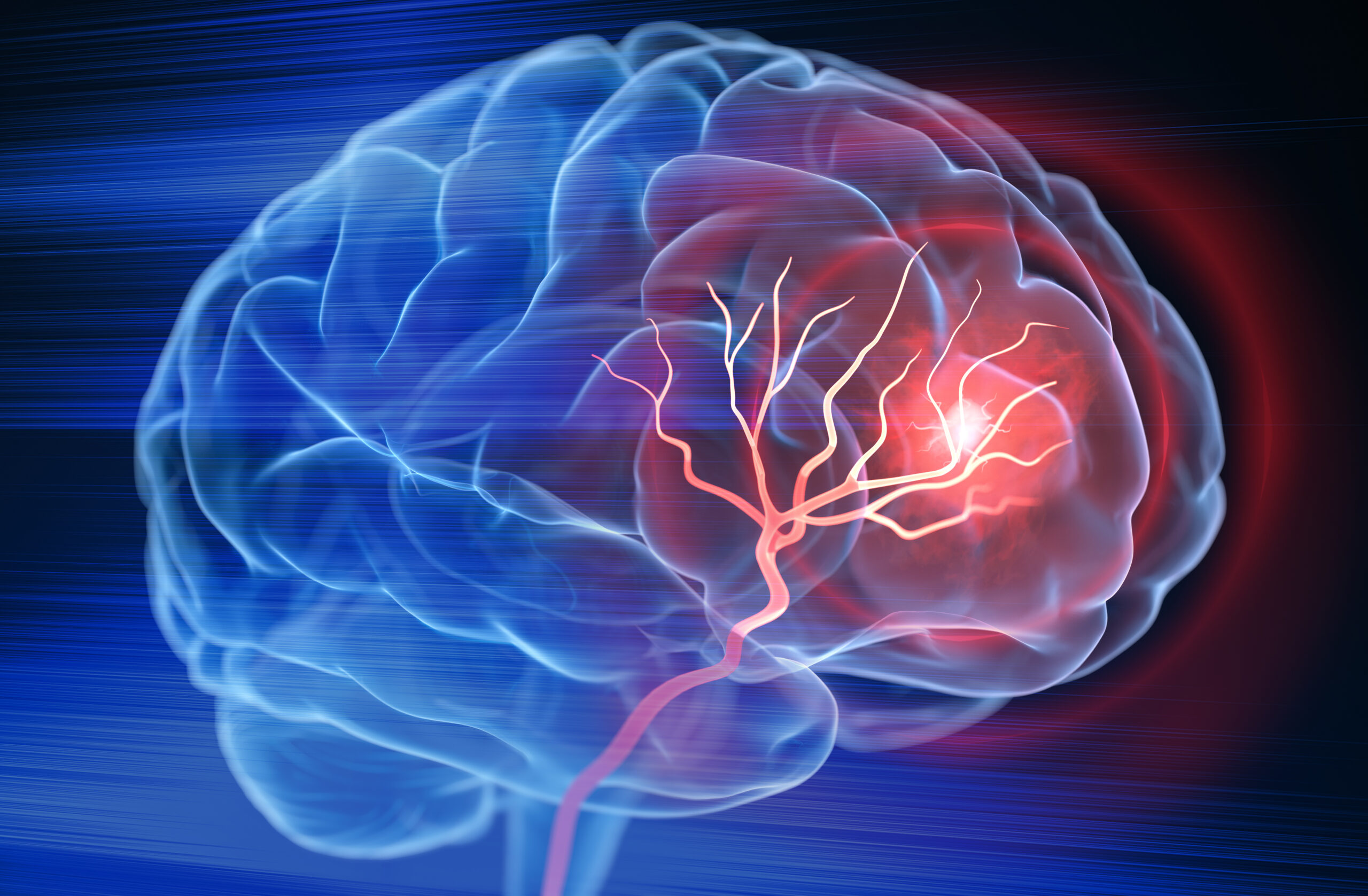Unmasking the Uncommon: Lesser-Known Facts About Strokes

Strokes are serious medical conditions that occur when blood flow to the brain is disrupted, leading to damage or death of brain cells. While many people are familiar with common risk factors and symptoms of strokes, there are some less well-known or uncommon facts about strokes:
- Young Adults Can Experience Strokes: While strokes are more common in older adults, they can occur at any age. Young adults, including teenagers and even children, can experience strokes. Causes in younger individuals may include congenital conditions, infections, or trauma.
- Mini-Strokes or Transient Ischemic Attacks (TIAs): Sometimes referred to as “mini-strokes,” TIAs are temporary disruptions of blood flow to the brain that mimic stroke symptoms but usually last only a short time (typically less than 24 hours). However, TIAs should not be ignored, as they can be warning signs of an impending full-blown stroke.
- Silent Strokes: Some strokes may be “silent” and go unnoticed because they cause mild or no symptoms. However, even silent strokes can lead to cumulative brain damage over time, potentially affecting cognitive function.
- Emotional and Behavioral Changes: Strokes can sometimes lead to emotional and behavioral changes. Individuals who have experienced a stroke may exhibit mood swings, depression, or personality changes. These effects can be attributed to the impact of the stroke on different areas of the brain.
- Hemorrhagic Strokes: While most strokes are ischemic, caused by a blockage in a blood vessel supplying the brain, some are hemorrhagic, resulting from bleeding in the brain. Hemorrhagic strokes can be caused by conditions such as aneurysms or arteriovenous malformations (AVMs).
- Gender Differences: Strokes can affect men and women differently. Women may have unique risk factors, and they are more likely to have atypical symptoms such as sudden hiccups, nausea, or chest pain. Hormonal factors, especially during pregnancy and childbirth, can also influence stroke risk.
- Sleep Apnea Connection: There is a link between sleep apnea and an increased risk of stroke. Sleep apnea is a disorder in which breathing repeatedly stops and starts during sleep, and it has been associated with a higher likelihood of stroke, especially in those with other risk factors.
- Fluctuating Symptoms: Stroke symptoms can be dynamic and may change over time. A person who experiences stroke symptoms should seek medical attention immediately, even if the symptoms seem to improve or resolve.
- Posterior Circulation Stroke: While most strokes occur in the anterior part of the brain, strokes can also affect the posterior circulation, which supplies blood to the back of the brain. Posterior circulation strokes can have unique symptoms, including coordination and balance issues.
- Recovery and Rehabilitation: The brain has some capacity to repair itself after a stroke, and rehabilitation plays a crucial role in recovery. Neuroplasticity allows the brain to reorganize and form new connections, contributing to functional improvement over time.
CONCLUSION
Beyond the conventional narrative surrounding strokes, these uncommon facts underscore the need for a nuanced and comprehensive understanding of this medical condition. By dispelling myths and embracing the complexity of strokes, we pave the way for improved prevention, treatment, and post-stroke care.

